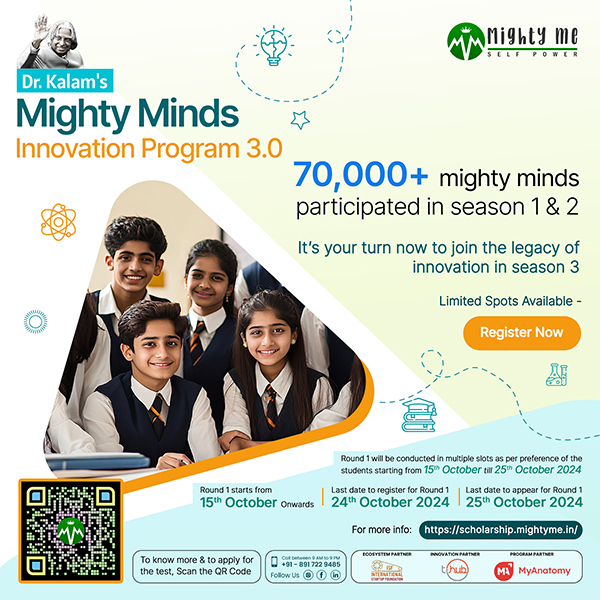When Lockdown 1 was enforced, Fincare Small Finance Bank, one of the youngest Indian banks, put a new spin to how new-age banking should be done. The bank leveraged Natural Language Processing (NLP) and advanced machine learning capabilities to offer customers a multilingual NLP bot. The algorithm enabled customers to type their queries in English, Hindi and Hinglish and a conversational bot provided accurate responses. The technology not only transformed the model from WhatsApp banking to a bot-enabled one, but it also ensured customer delight by providing uninterrupted banking services at a time when call centre employees were unable to work from the physical workplace.
When life literally came to a standstill during the lockdown, what kept households running like clockwork were the trusted kirana stores in local neighbourhoods. The mom and pop stores rose to the occasion when giant retailers and e-commerce portals were unable to supply non-essential products and services due to government restrictions. The sudden shift to work from home lifestyle forced kirana shops to adapt and innovate by switching to digital payments and contactless deliveries. Kirana store owners across the country partnered with online platforms and leveraged chat apps to maintain regular supply of essentials. According to a recent report, during the lockdown, the digital payment market share of grocery stores increased from 60 percent to 75 percent, led by mobile-based payments.
When economies everywhere were battered by the pandemic, a parallel shift in consumer behaviour was gradually happening across the world. Consumers were suddenly compelled to adapt to the new circumstances and drastically change their purchase and consumption behaviour.
In essence, what the above examples illustrate is the steady march of organisations—across all sectors—towards innovation and a digital ecosystem. Undoubtedly, this is a new phenomenon triggered by changing consumer behaviour amid COVID-19.
Revamping the innovation ecosystem
The homebound lifestyle has drastically altered the consumption habits of Indians. Recent FMCG trends show that two in three consumers in India would prefer to purchase local products. Consumers are also more conscious of their health and well-being and are turning to traditional and ayurvedic products, such as chyawanprash to build their immunity.
As economies are slowly opening up, the question looming large is whether the changing consumer behaviour will have a lasting effect on how innovation will be approached in the future. Crucially, how can innovation reshape an organisation’s future strategy to meet the paradigm shift in how consumers live, work, eat and shop?
Business leaders need to be nimble in re-imagining digital transformation by closely observing the consumption patterns and habits of customers. For continued customer engagement, organisations should invest in innovation in areas such as new product development and prioritise digital journeys to better serve customers.
Further, to meet the new expectations from evolving consumer behaviour, the innovation ecosystem should be equipped with cutting-edge technology solutions. For example, several Indian startups have leveraged drones amid the pandemic to showcase how innovation should respond to the new reality of contactless and autonomous deliveries. Dunzo, Swiggy and Zomato were some of the startups that were given approval to conduct experimental long-range delivery solutions. It is in preparation for a future that could see drone deliveries disrupting the way brands serve their consumers.
Besides permanent shifts in the global supply chains and banking sector, the pandemic has also changed how people view hygiene and wellness. Consumers have grown accustomed to wearing masks and there has been a spurt of innovations in reimagining the regular, no-fuss surgical masks. For example, a resuable silicon mask has been produced to help people breathe better and filter out the toxins from the air. An Indonesian couple has also conceptualised a novel mask design for the hearing impaired. They designed a cloth mask with transparent plastic over the mouth to enable the deaf to communicate better.
Examples of innovation seem to abound even as the pandemic continues to rage forth in the world.
Indeed, COVID-19 has served as a wake-up call to revamp the innovation ecosystem at large. The pre-pandemic approach to innovation would no longer be applicable in the new normal and beyond. Now is the time to take risks and innovate on-the-go. The rapid pace of consumer adoption has created new categories of products and services that are here to stay even after the dust settles on the pandemic.
If organisations truly want to gain value from the irreversible changes in consumer habits, they should be flexible and agile in adapting to the changes around them. Only then would they be able to remain resilient and relevant to face a new tomorrow.






